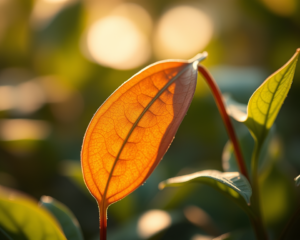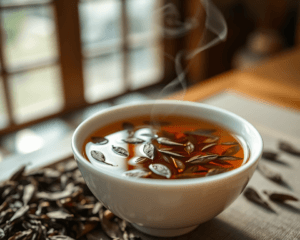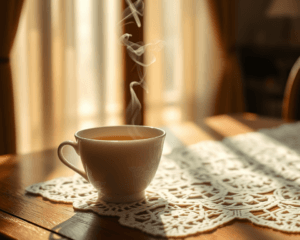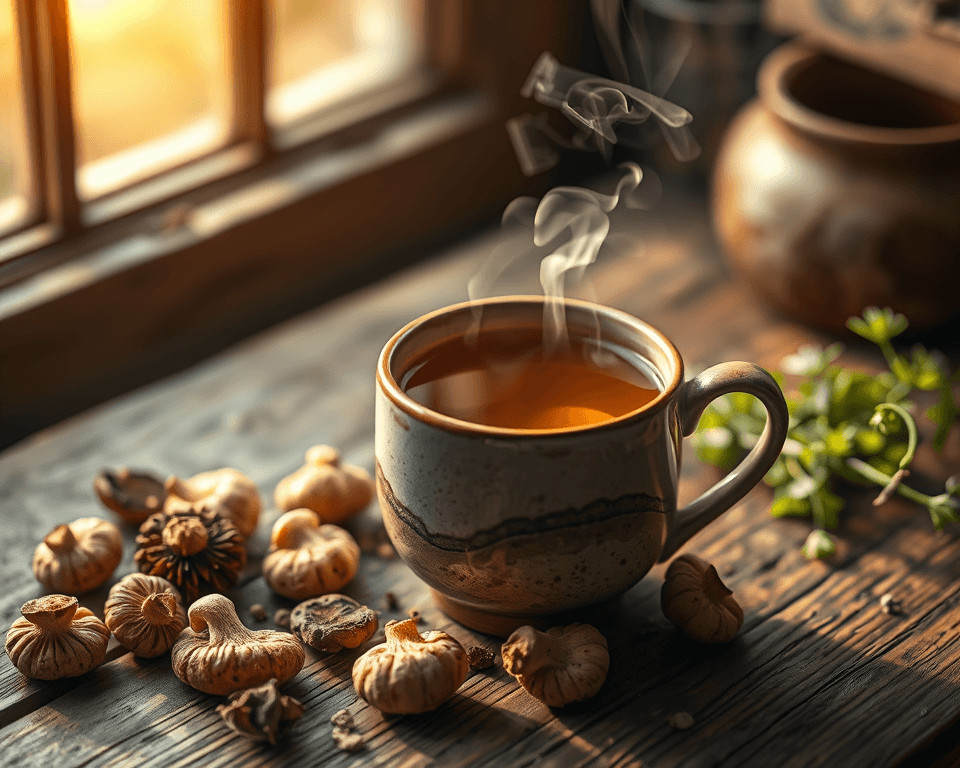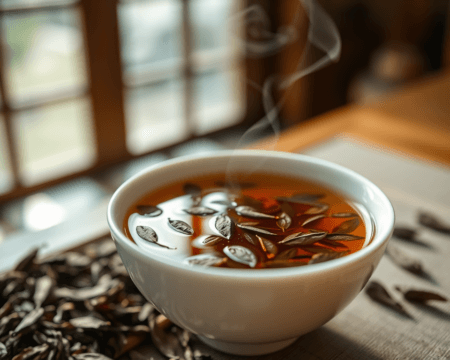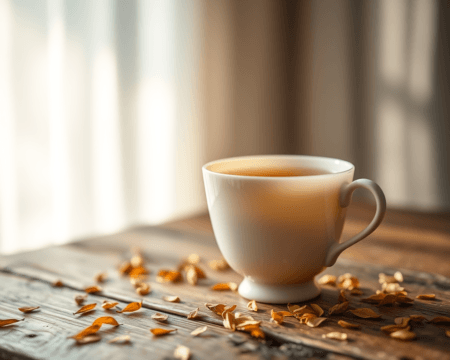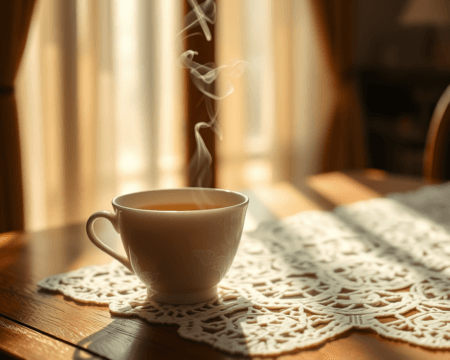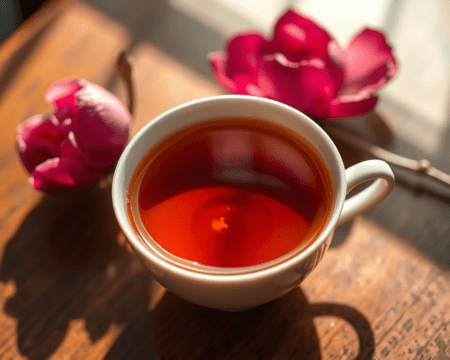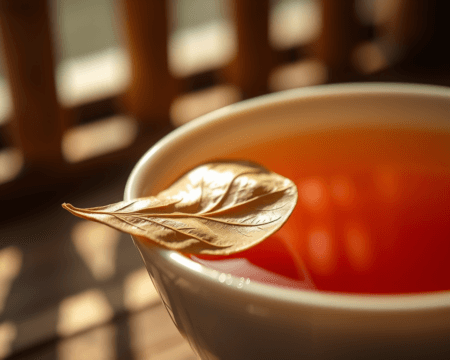When it comes to brewing the perfect shroom tea, understanding the ins and outs of steeping time is crucial. Trust me; if you’re looking to maximize your experience—be it power, flavor, or both—you need to get this down. From water temperature to the type of mushrooms you’re using, every detail plays a part in the final outcome. Here’s the lowdown on how water temperature influences steeping time and how you can take your shroom tea game from basic to expert-level.
Key Takeaways
- The optimal steeping time for shroom tea varies based on water temperature and mushroom type.
- Different mushroom types require different brewing strategies.
- Experimenting with flavor enhancement techniques can elevate your tea experience.
- Knowing the cost-effective approaches to steeping can save you time and resources.
Understanding Steeping Time for Shroom Tea
Optimal Steeping Time Range
Steeping duration is everything. You can have the fanciest mushrooms in the game, but if you don’t get that steeping time right? You’re missing out entirely. Generally, a good range is anywhere between 15 to 30 minutes. Shorter times usually yield a lighter brew, great for microdosing or just chill vibes. If you’re looking for the full potential of that mushroom magic, aim for the upper end of that scale.
What about those psychedelic mushrooms? You might be tempted to steep ’em longer, but what’s happening is you’re risking over-extraction, which can lead to a taste that’s less than pleasant. Stick with that recommended steeping duration.
Factors Influencing Steeping Time
Now, let’s not forget the elements that come into play when you’re brewing. First off, mushroom type is huge. Some varieties, like Psilocybe cubensis, are more forgiving in steeping times compared to other species like Psilocybe semilanceata. The more potent varieties might need special attention or shorter times to prevent that overwhelming taste.
Then, there’s the water quality and steeping conditions to consider. Use filtered water if you can; trust me, it makes a difference. Tap water might just throw off your brew’s profile, and that’s not something you want to risk. Lastly, cooler weather can impact the steeping process as well. Colder air means a colder brew, so keep tabs on your environment!
The Role of Mushroom Type in Steeping Time
Variations Among Different Mushroom Types
Let’s get into the nitty-gritty of how different mushrooms affect steeping time. Each type has its own unique brewing characteristics. For instance, Golden Teacher mushrooms might yield a very different flavor profile and potency than something like Blue Meanie.
Different species require different steeping strategies. The infusion properties really fluctuate here. So when you’re selecting your mushrooms, consider not just the effects you’re after but also how they’ll interact with your brewing time. Some folks swear by mixing varieties to achieve a balanced brew; just keep in mind the differences in steeping times!
Experimenting with Different Mushrooms
Talk about saying “let’s spice it up!” Trying out different mushroom blends can lead you to a whole new world of experiences. Not only can you mix flavors, but you can also learn about how various species influence the overall potency of your tea. User experiences suggest that blending can modulate taste, and honestly, who wouldn’t want a personalized cup of shroom tea?
Make it a weekend experiment. Grab a few species, invite some friends, and create a mini tea challenge. Taste testing can be a laid-back yet illuminating way to uncover paradise in a cup.
Enhancing Flavor in Shroom Tea
Best Practices for Flavor Infusion
Once you nail down the water temperature and steeping time, the next step is enhancing that flavor. Try adding in some lemon zest or honey. That acid from the lemon can really cut through any bitterness, and honey? It brings a sweet, smooth finish to your brew.
Additionally, think about how you can use herbal infusion techniques alongside your mushrooms. Think ginger, cinnamon, or mint. Not only do these ingredients add flavor, but they can also complement the potency of the shrooms, making for a beautifully balanced cup that’s easy on the palate and gives an overall pleasant experience.
Avoiding Common Mistakes
Nobody wants a shroom tea blunder; I get it! One common issue is not properly straining your brew. You’re going to be tempted to rush, but let me tell you, the floaties can ruin the aesthetic and often the feel of the tea. Another pitfall is over-steeping; it can lead to that overly bitter taste that makes you wonder why you even thought this was a good idea. So, keep your timing in check, and always taste as you go!
Water Temperature and Its Impact on Steeping
Ideal Temperature Ranges for Optimal Extraction
When it comes to brewing temperature, water can make or break your shroom tea. Ideally, you’re looking at around 160°F to 190°F for optimal extraction. While boiling might seem tempting (hey, it’s hot!), you risk scalding your shrooms and losing those sweet psychoactive properties. And that’s not how you want to kick off your experience.
It’s about finding that sweet spot. Too hot? You’re gonna miss out on nuances. Too cold? Forget it. You might as well chug a glass of water! Keep that temperature precise and watch as your tea transforms into a beautiful, chlorophyll-filled potion of vibes.
Cold vs. Hot Water Steeping
Now, here’s where we get real experimental. Cold brew methods are on the rise, and they’re worth exploring. Picture this: making shroom ice tea. It’s refreshing, and honestly, the flavor retention can get super interesting. Cold brewing tends to extract different elements than hot brewing, often yielding a smoother taste. You can still reap the benefits of your shrooms without the aggressive flavors that come from boiling.
I get it—it might sound unconventional, but sometimes you gotta break the mold. Try it out and see how your taste buds react. You might find a whole new way to enjoy this ancient ritual.
Getting the art of shroom tea down is all about experimenting and maximizing your experience. Knowing the variables at play—water temperature, mushroom type, steeping duration—will ensure you have a kick-ass brew every single time. It’s time to start brewing with intention, making every cup count!
Frequently Asked Questions
What type of mushrooms are best for tea?
Popular choices for shroom tea include Psilocybe cubensis and Lion’s Mane. Psilocybe cubensis is often favored for its psychoactive properties, while Lion’s Mane is known for its potential cognitive benefits. Each type offers unique flavors and effects, so consider your goals when selecting.
How can I enhance the flavor of shroom tea?
You can enhance shroom tea’s flavor by adding natural sweeteners like honey, spices such as cinnamon or ginger, or citrus fruits like lemon or lime. Experimenting with different ingredients can create a more enjoyable drinking experience while potentially masking the earthy taste of the mushrooms.
Is there a safe steeping temperature for shroom tea?
Yes, the ideal steeping temperature is between 160°F and 190°F (70°C to 88°C). Keeping the temperature within this range prevents degradation of the active compounds and ensures a more effective extraction of flavors and benefits from the mushrooms.
How long should I steep my shroom tea for the best results?
The steeping time generally ranges from 10 to 20 minutes, depending on the mushroom type and desired potency. It’s advisable to start on the lower end and adjust based on your taste and effects, ensuring you don’t over-extract and enhance bitterness.
Can I reuse mushroom material when making tea?
Yes, you can reuse the mushroom material for making tea, but the potency may be diminished. After the first brew, you can steep again for a milder flavor and effect, though the active compounds may be largely extracted in the first infusion.
Are there any health risks associated with drinking shroom tea?
Drinking shroom tea can carry risks, especially if consuming mushrooms with psychoactive properties. It’s important to know the source and dosage, as well as potential interactions with medications or underlying health conditions. Always consult with a healthcare professional if unsure.
Does the potency of shroom tea change with brewing techniques?
Absolutely. Different brewing techniques—such as steeping time, water temperature, and mushroom type—can significantly impact the potency of shroom tea. Experimenting with these variables can help you find the perfect brew for your experience preferences.
How can I store leftover shroom tea?
Store leftover shroom tea in an airtight container in the refrigerator for up to 3 days. This helps maintain its potency and flavor. Reheat gently before consuming, but avoid boiling it to preserve the active compounds.
What are the benefits of drinking shroom tea?
Shroom tea can offer various benefits, including cognitive enhancement, improved focus, and potential therapeutic effects related to mental health. Different types of mushrooms provide unique benefits, so research the specific type you plan to use for optimal results.
